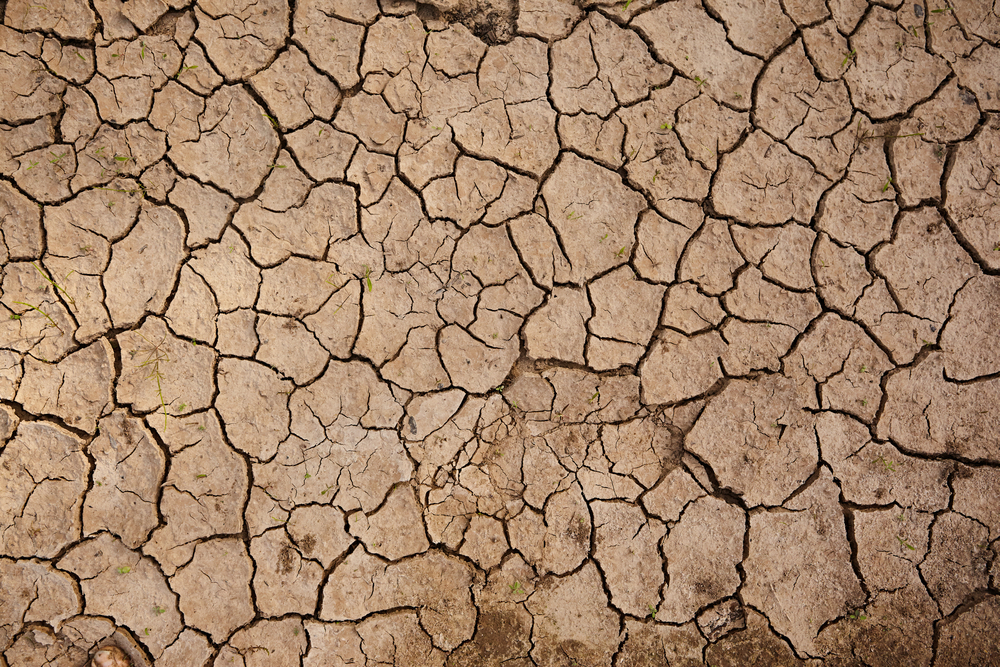
US and Mexico Water Dispute During Parched Season
May 1, 2024 9:17 pm Leave your thoughtsThe escalating US and Mexico water dispute during a parched season has drawn significant attention due to the severe implications for both countries’ agricultural sectors and overall water security. With Texas facing one of its driest periods, the struggle over water resources has intensified, affecting farmers, communities, and international relations. The focal point of contention lies in the implementation of a century-old water treaty for irrigation, which governs the allocation of crucial water resources between the neighboring nations.
Background of the Water Treaty
The 1944 Water Treaty between the United States and Mexico was established to manage the shared water resources of the Rio Grande and the Colorado River. The treaty stipulates that Mexico must deliver 1.75 million acre-feet of water to the US from the Rio Grande every five years. In exchange, the US provides Mexico with water from the Colorado River. This agreement was designed to ensure fair distribution and cooperation between the two countries, particularly for agricultural purposes.
However, the recent drought conditions have strained this arrangement, leading to disputes and accusations of non-compliance. The Rio Grande is a vital source of water for both Texas and northern Mexico, and any disruption in its flow can have severe repercussions for irrigation, drinking water, and industrial use.
Current Situation in Texas
Texas is experiencing one of the driest seasons in recent history, with drought conditions impacting vast swathes of the state. Farmers in the Rio Grande Valley, a crucial agricultural hub, are particularly hard-hit. Crops such as cotton, citrus, and vegetables rely heavily on irrigation, and the water shortages threaten the livelihoods of thousands of farmers and the local economy.
The Texas Commission on Environmental Quality (TCEQ) has reported that water levels in key reservoirs are alarmingly low, and the state has been forced to implement water restrictions. The scarcity of water has led to a reduction in crop yields, and some farmers are facing the tough decision of letting fields go fallow.
Mexico’s Water Contribution
Under the terms of the 1944 treaty, Mexico is obligated to deliver water from its tributaries to the Rio Grande. However, Mexico has struggled to meet its water delivery commitments due to its own drought conditions and competing domestic water demands. This shortfall has exacerbated tensions with the US, particularly Texas, which is heavily dependent on these water deliveries.
Mexican officials argue that the current drought is an exceptional circumstance, making it difficult to comply fully with the treaty’s terms. They emphasize the need for cooperation and flexibility during these challenging times. However, this perspective is not always well-received by Texan authorities and farmers, who are feeling the immediate impact of water shortages.
Diplomatic Efforts and Disputes
The water dispute has led to diplomatic negotiations between the US and Mexico, with both sides seeking a resolution that respects the treaty while addressing the current water crisis. US officials have urged Mexico to prioritize its water deliveries to fulfill the treaty obligations, emphasizing the critical need for irrigation water in Texas.
In response, Mexican authorities have highlighted their efforts to manage water resources amid the drought and have called for understanding and collaboration. They propose that both countries work together to find long-term solutions to the water scarcity issue, which is likely to become more frequent with climate change.
Despite these diplomatic efforts, tensions remain high. The US has hinted at potential repercussions if Mexico fails to meet its water delivery commitments, while Mexico has warned against unilateral actions that could exacerbate the situation. The stalemate reflects the broader challenges of managing shared natural resources in a changing climate.
Impact on Farmers and Communities
The ongoing water dispute has real and immediate consequences for farmers and communities on both sides of the border. In Texas, the lack of irrigation water means reduced agricultural output, which not only affects farmers’ incomes but also has a ripple effect on the local economy. Jobs in agriculture, food processing, and related industries are at risk, and the increased costs of water are straining budgets.
In northern Mexico, communities are also facing water shortages, affecting drinking water supplies and agriculture. The competition for limited water resources has led to social tensions and calls for government intervention to ensure fair distribution.
Potential Solutions
Addressing the US and Mexico water dispute during this parched season requires a multifaceted approach. Both countries need to enhance their water management practices and invest in infrastructure that can improve water storage and distribution. Modernizing irrigation systems to reduce water waste and implementing water-saving technologies can help alleviate some of the pressures.
Furthermore, there is a need for improved forecasting and monitoring of water resources to better anticipate and respond to drought conditions. Joint efforts in water conservation, such as reforestation projects and sustainable agriculture practices, can also play a crucial role in mitigating the impact of future droughts.
Summary
The US and Mexico water dispute during a parched season highlights the complex interplay between natural resources, international agreements, and local livelihoods. The 1944 water treaty for irrigation remains a cornerstone of the bilateral relationship, but it is being tested by the realities of climate change and increased water demand.
Finding a resolution requires not only diplomatic negotiations but also a commitment to sustainable water management practices and cooperation. Both nations must recognize the shared challenges they face and work together to ensure a fair and reliable distribution of water resources. Only through collaboration and innovation can they hope to address the ongoing and future water crises that threaten their agricultural sectors and communities.
Categorised in: Uncategorized
This post was written by Orlando Washington

